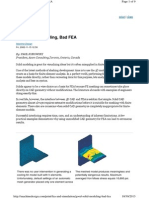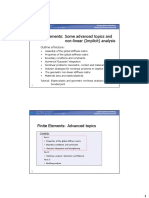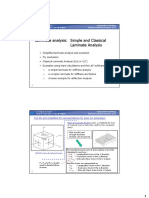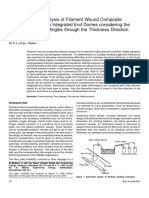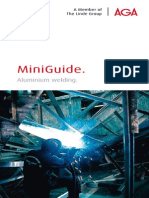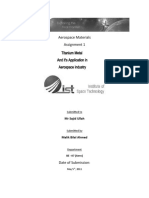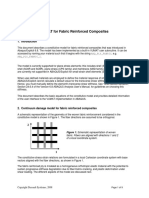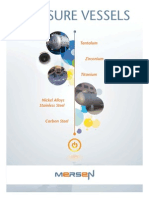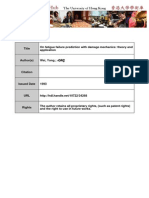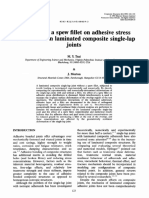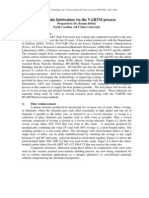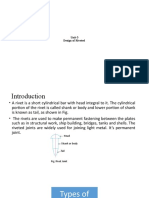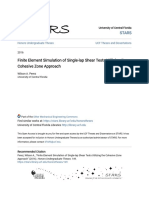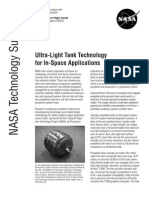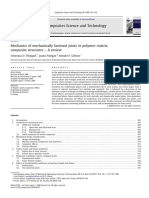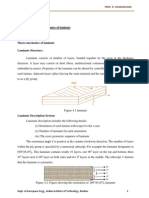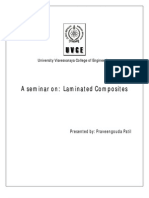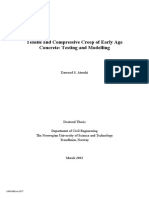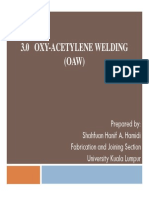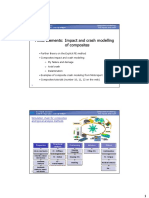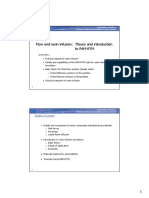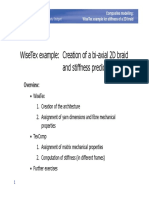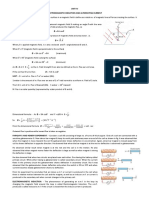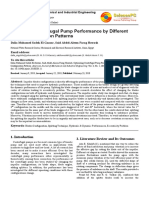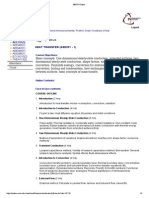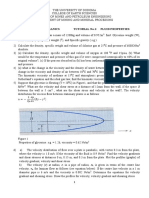100% found this document useful (1 vote)
156 views32 pagesFinite Elements: Modelling Methods, Implicit and Explicit Analysis
1) The document discusses finite element modeling methods, specifically implicit and explicit analysis. It provides examples of meshing techniques and guidelines for finite element analysis.
2) Guidelines are given for creating high quality meshes, including element grading, avoiding distorted elements, applying symmetry conditions, and using fine meshes in areas of stress concentrations or gradients.
3) The differences between implicit and explicit integration schemes are briefly touched on, with examples provided of explicit analysis of bars using programming languages or software.
Uploaded by
adeelyjCopyright
© © All Rights Reserved
We take content rights seriously. If you suspect this is your content, claim it here.
Available Formats
Download as PDF, TXT or read online on Scribd
100% found this document useful (1 vote)
156 views32 pagesFinite Elements: Modelling Methods, Implicit and Explicit Analysis
1) The document discusses finite element modeling methods, specifically implicit and explicit analysis. It provides examples of meshing techniques and guidelines for finite element analysis.
2) Guidelines are given for creating high quality meshes, including element grading, avoiding distorted elements, applying symmetry conditions, and using fine meshes in areas of stress concentrations or gradients.
3) The differences between implicit and explicit integration schemes are briefly touched on, with examples provided of explicit analysis of bars using programming languages or software.
Uploaded by
adeelyjCopyright
© © All Rights Reserved
We take content rights seriously. If you suspect this is your content, claim it here.
Available Formats
Download as PDF, TXT or read online on Scribd
/ 32


